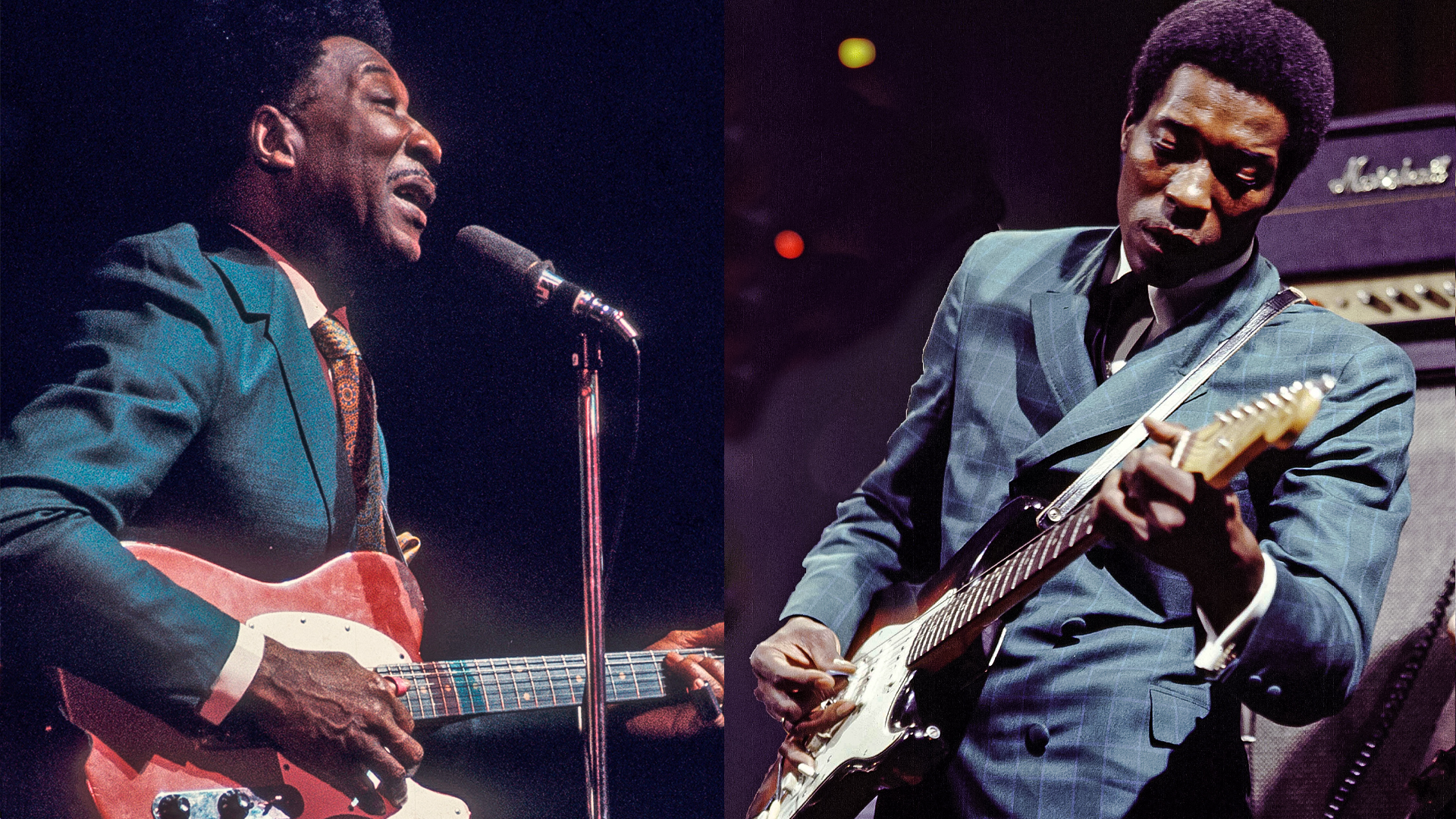Zappa Talks Zappa: Inside the Mind of Guitar Genius
Dweezil Zappa explains the art of the guitar solo and reveals how he culled his favorites to create his 'Live in The Moment II' album.
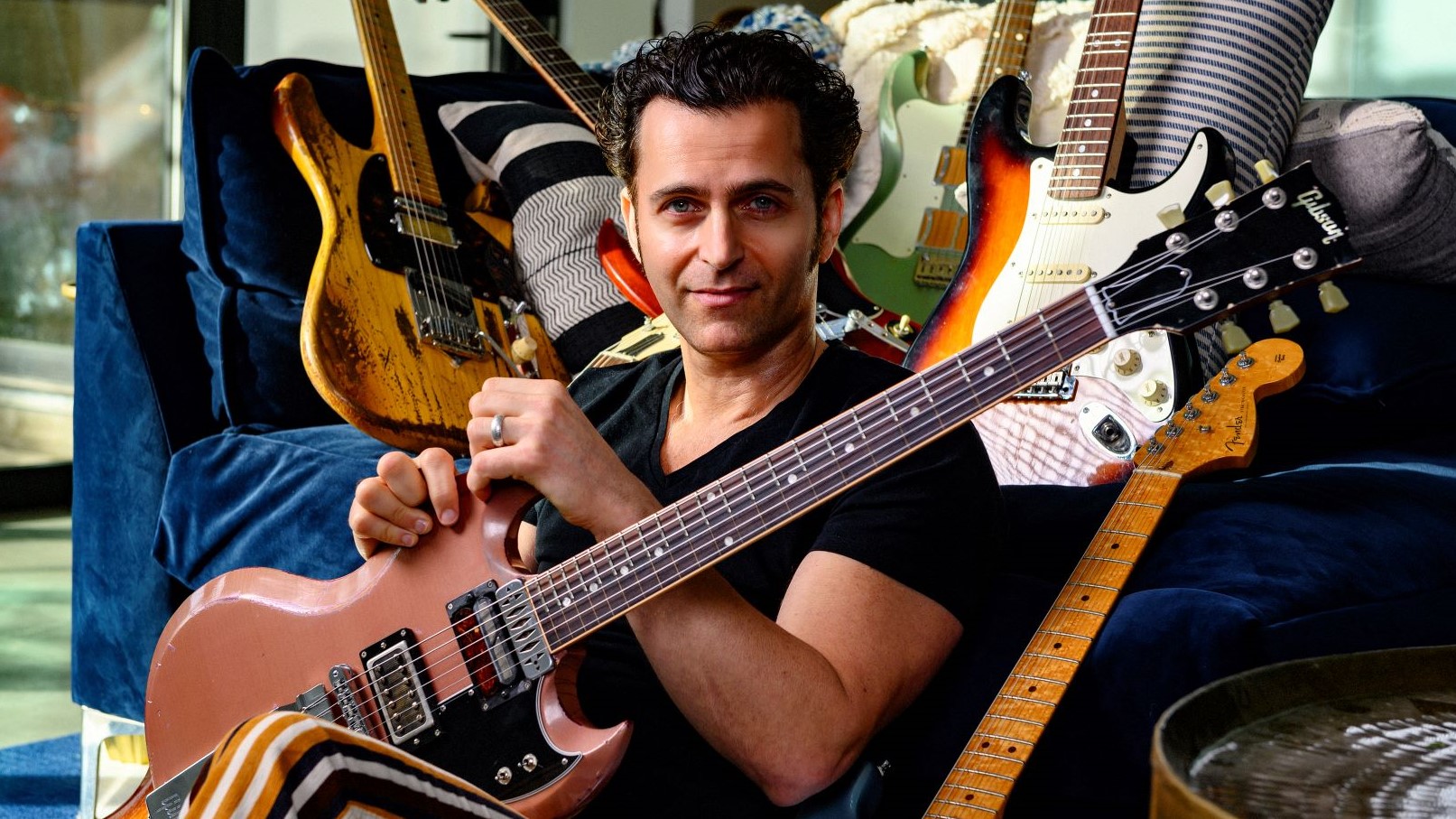
"Growing up, I had the feeling that my dad was coming from a different place than other guitarists,” Dweezil Zappa says. “He seemed to mock the guitar hero idea in his physical movements onstage, and he expanded the possibilities of what soloing could be.”
Dweezil honors his father, Frank Zappa, by continuing to explore and expand the notion of what an electric guitar solo can be and digging into tone like an archeologist. He’s always building knowledge based on uncovered and recovered wisdom and utilizing the latest technology to “move the project forward.” That was obvious with his 2011 album, Live in the Moment, and it’s in evidence again on Live in the Moment II (Fantom), his brilliantly executed and flawlessly documented 2018 follow-up.
Both albums consist of material culled from his Zappa Plays Zappa tours, on which he performed renditions of Frank’s music using a stellar core band he curated himself. To that end, Dweezil has drawn inspiration from Shut Up ’n Play Yer Guitar, Frank’s seminal ’80s album that developed into a trio of records consisting mostly of live guitar solos.
I view it as a way to capture a lifelong journey, showing the snapshots of what took place along the way.
Dweezil Zappa
“I love the tones, the playing, the spaces replete with feedback and all of the transitions,” Dweezil says of Frank’s Shut Up ’n Play project. “It represents total freedom of expression and showcases the unique circumstances that helped inspire those improvised moments. Making a collection of them is the real concept behind Shut Up ’n Play Yer Guitar and my Live in the Moment records. That type of record could be perceived as gratuitous, but I view it as a way to capture a lifelong journey, showing the snapshots of what took place along the way.”
Dweezil retired the Zappa Plays Zappa moniker in favor of using his own name, but he continues to revitalize his father’s music faithfully with an outstanding ensemble of relatively young musicians. Those shows are one way Frank’s music remains vital years after his death.
GP caught up with the guitarist shortly after he completed 2018’s Choice Cuts tour. Dweezil sat down to talk about the making of Live in the Moment II, offer insights into his father’s approach to soloing and share some deep details about how he recreates Frank’s classic tones onstage.
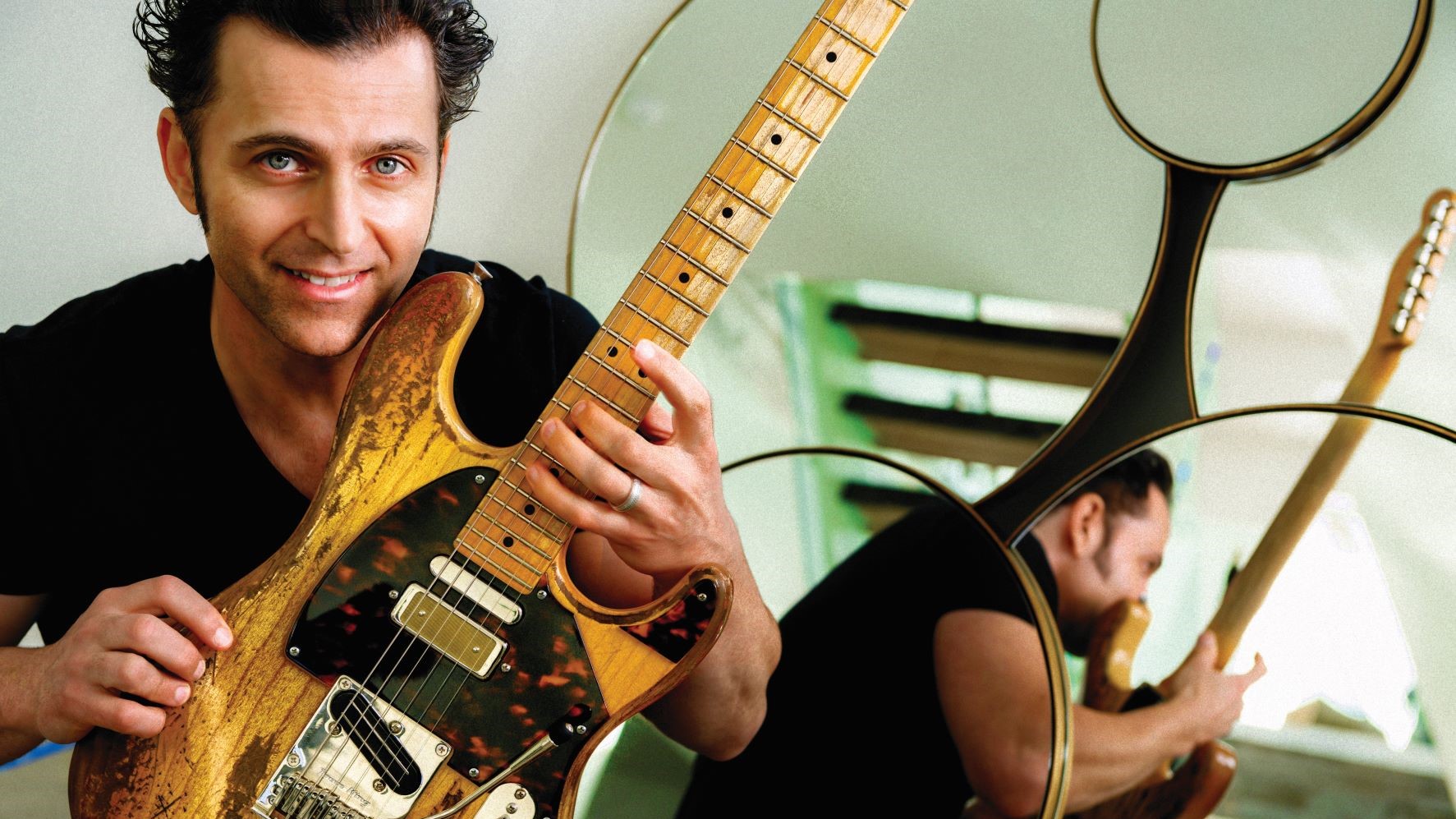
Frank had such a distinctive approach to soloing. Explain the art of the guitar solo as it pertains to Zappa world.
All the latest guitar news, interviews, lessons, reviews, deals and more, direct to your inbox!
My dad didn’t subscribe to the pre-composed solo approach. He preferred playing live in the studio, and when playing live he loved to be inspired in the moment to spontaneously compose onstage. He described his playing as making “air sculptures.” Since sound waves move air molecules, he said that he was imagining shapes while playing.
Nowadays you can actually see what frequencies look like. I’ve Googled videos of grains of sand on metal shaker plates that reshape themselves when exposed to different frequencies. The patterns are fascinating and beautiful. It’s startling to realize that everywhere we go the sounds around us are creating invisible frequency tapestries, and we are walking right through them.
What’s your interpretation of his “air sculptures” concept?
It’s another way of saying that my dad was in “the zone,” that perfect place where music flows through you and you’re not impeding the process. He was the best I have ever seen at listening and reacting to the music in real time and seemingly never repeating himself or falling back on pre-composed ideas or licks.
It requires intense listening and takes some training to free your mind of technical thoughts, licks or really any distractions, allowing yourself to tune in to your surroundings and just react. It’s the coolest thing when you witness any musician enter that space. Only great things happen as a result.
My dad was in “the zone,” that perfect place where music flows through you and you’re not impeding the process.
Dweezil Zappa
And of course Shut Up ’n Play Yer Guitar is a great example of that philosophy. How exactly did Frank put it together?
He extracted performances from live concerts over a lengthy period of time from several different tours with different bands and different gear. Making things sound uniform wasn’t really a mandate for him. He used interstitial musical snippets as palate cleansers in between tracks to help with the transitions. That was brilliantly executed and helped keep the energy flowing.
His guitar tones changed frequently from tour to tour. From the mid ’70s through the early ’80s he used a guitar rig he referred to as Ma Bell. It featured a complex system that allowed for amp and effects switching as well as presets, long before anyone else had that capability. I remember him saying he spent close to $30,000 dollars to develop it. That would be like $300,000 now! It also had three amps and two D.I.s, for a grand total of five individual tracks needed to capture his guitar sound. With only 24 tracks available on the tape machine, submixing was a necessity.
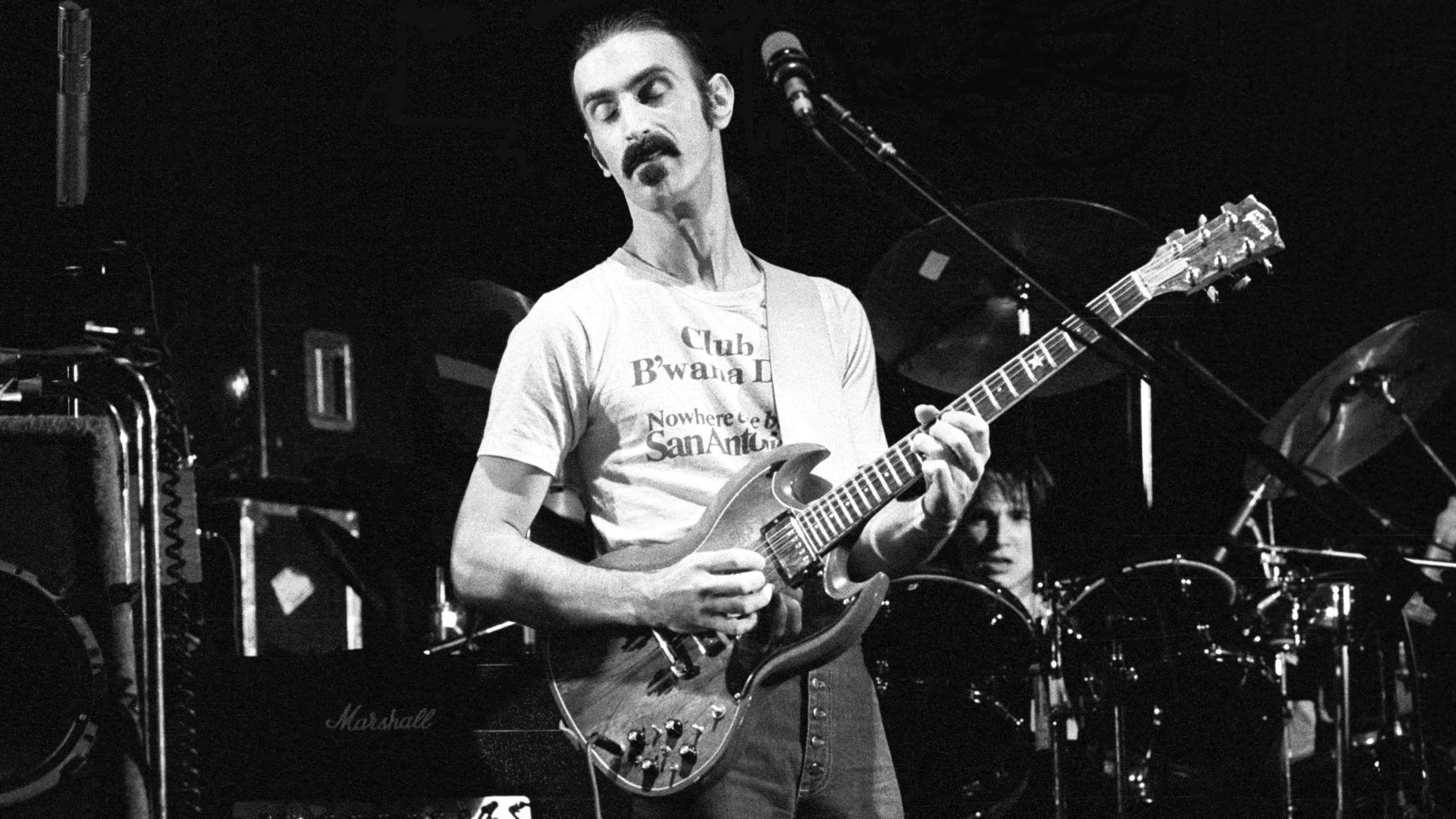
The amp configuration he used most featured a 100-watt Marshall Super Lead, a Vox Super Beatle and a Mesa/Boogie combo amp, with effects that included the MicMix Dynaflanger, Eventide H949 Harmonizer, MXR delays, a dbx 160 stereo compressor and an Electro-Harmonix Big Muff.
His guitars had preamps that brought them up to line level and made it possible to easily integrate rack-mounted studio gear into his system. In the studio he would sometimes re-amp the guitar audio, sending it through a few guitar speaker cabinets in the live room. He would use different microphones, but rarely would I see any Shure SM57s. He preferred the Sennheiser MD 421 and a Neumann U67 along with an AKG C 24 for the ambience. The inclusion of a clean compressed D.I. sound was the real secret weapon. It added dimension and clarity within his overdriven sounds, as well as immediacy to the transient information.
What about Shut Up most inspired you to apply the concept yourself?
I was always in awe of my dad’s rhythmic and harmonic variety. He had a tremendous vocabulary, and he created such unique guitar tones. The Dynaflanger tone is my all-time favorite. It’s essentially a time-modulated sound that reacts to the envelope threshold being manipulated by the player. It creates an amazingly realistic double without the predictability of an LFO. It’s like a living thing that reacts to what you’re doing. It’s so cool! That tone has been one of the hardest to replicate, but it has also inspired me to play things I would never play otherwise. It’s a big part of Shut Up ’n Play Yer Guitar as well as my Live in the Moment records.
The Dynaflanger tone is my all-time favorite. It’s essentially a time-modulated sound that reacts to the envelope threshold being manipulated by the player.
Dweezil Zappa
Can you describe how you’re taking advantage of cutting-edge live-recording technology?
From a technical standpoint, the equipment we use to capture the sound and shape it for the audience has never been better. We use the Waves Audio eMotion LV1 system because of its insane flexibility and creative options.
Nerd alert! We can recreate signal chains down to the DNA level. For example, if I know that my dad used an API console, a dbx 160 compressor and a Pultec EQ when tracking a certain part, we can use the software emulation in real time to process that same part live onstage. That can be done for every instrument and every song with seamless snapshot changes during the show. We’re able to get so close to the original sonic fingerprints. It’s quite impressive.
The Waves system improves our ability to deliver great live sound and gives me instant access to stereo mixes that sound like finished records.
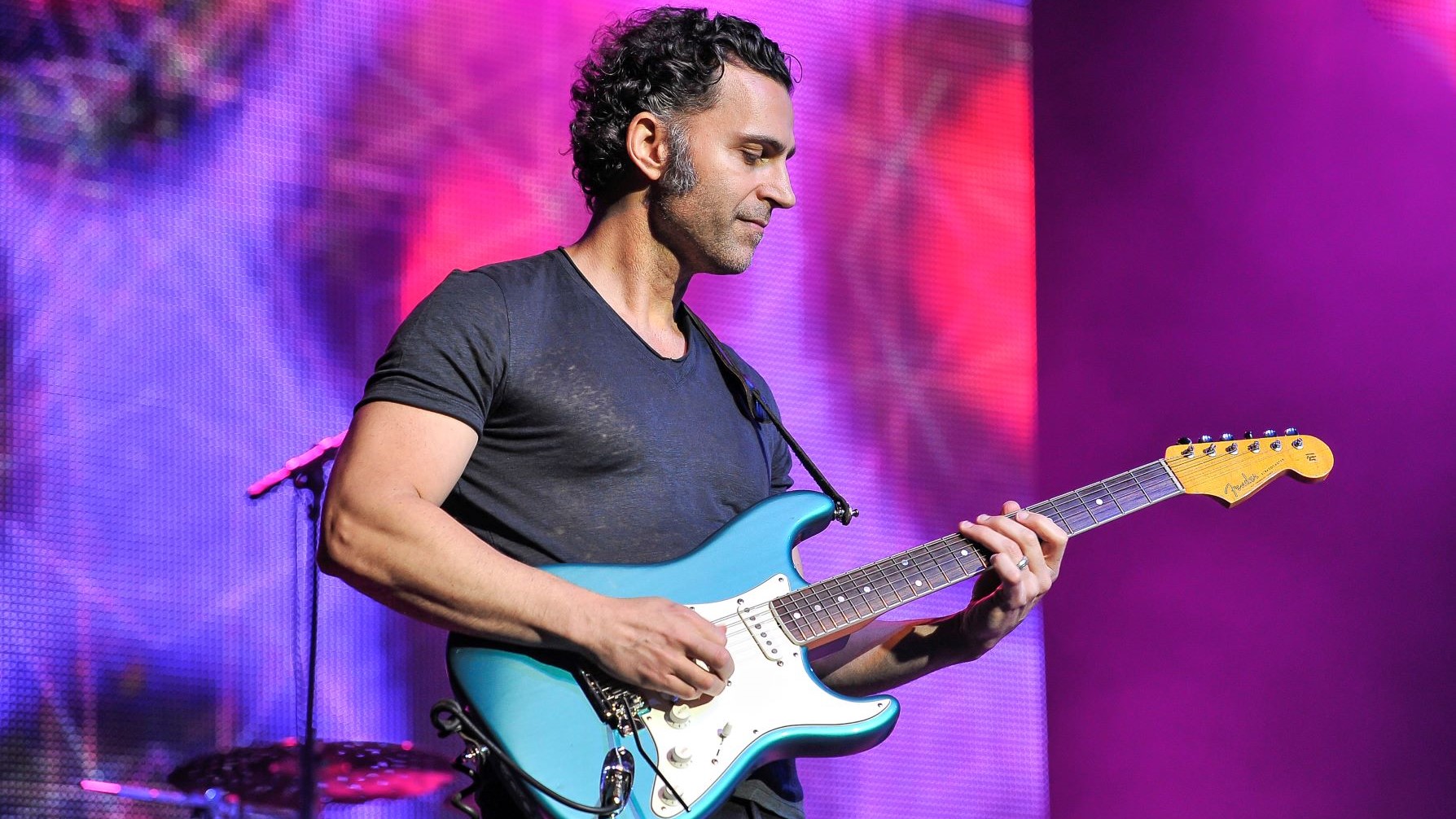
You were an early adopter of Fractal Audio rack units. Can you describe how that changed the game for your rig?
I switched from tube amps to Fractals 10 years ago because the sound quality and flexibility is unmatched. They facilitate the layered sounds I’m seeking. I actually have three different rigs in different sizes. For a few tracks on Live in the Moment II, I used the nano rig, which is a Fractal AX8 self-contained processor and switching unit. It has a custom GoochFX analog fuzz, an Eventide H9 Harmonizer and a volume pedal, and it all fits in a Pelican case that easily travels in any overhead bin, so I use it to save costs on European tours. It can replicate 60 to 70 percent of the sounds from my big rig with sufficient layers of detail.
My medium-sized rig can replicate 70 to 80 percent of the big rig, which is the size of a refrigerator. Both are quad setups with two autonomous Axe-Fx II Preamp/FX Processors feeding two pairs of powered full-range P.A. speakers. I usually prefer the wide pair for modulated sounds and the interior set for direct sounds.
Each machine has an array of effects that can be activated via footswitch or MIDI preset autonomously in front, as well as H9s in the effects loops. The two machines also have an array of effects that will hit the input of both machines at once, including the wah. Those are only available as on-the-fly color changes, and I use them often. They are mostly different flavors of fuzz or overdrive.
Analog pedals also have their own feel, and the subtleties of that feel can be integral to my playing ability and phrasing.
Dweezil Zappa
Why do you still employ tons of pedals and rack effects when you have such processing power with the Fractals?
I hear that question a lot. Realistically, the Fractals can do everything, but they rely on a set of algorithms that determine the sound character, so I like to mix it up and have more colors, especially when it comes to fuzz. Analog pedals also have their own feel, and the subtleties of that feel can be integral to my playing ability and phrasing. Sometimes the perception of feel plays an even more important role than the sound itself.
I mostly use the Marshall, Fender and Hook amplifier models in the Fractal for the core sounds. The speaker IRs [impulse responses] are probably the most important elements of any Fractal preset. More than anything, they shape the personality of the raw amp tones.
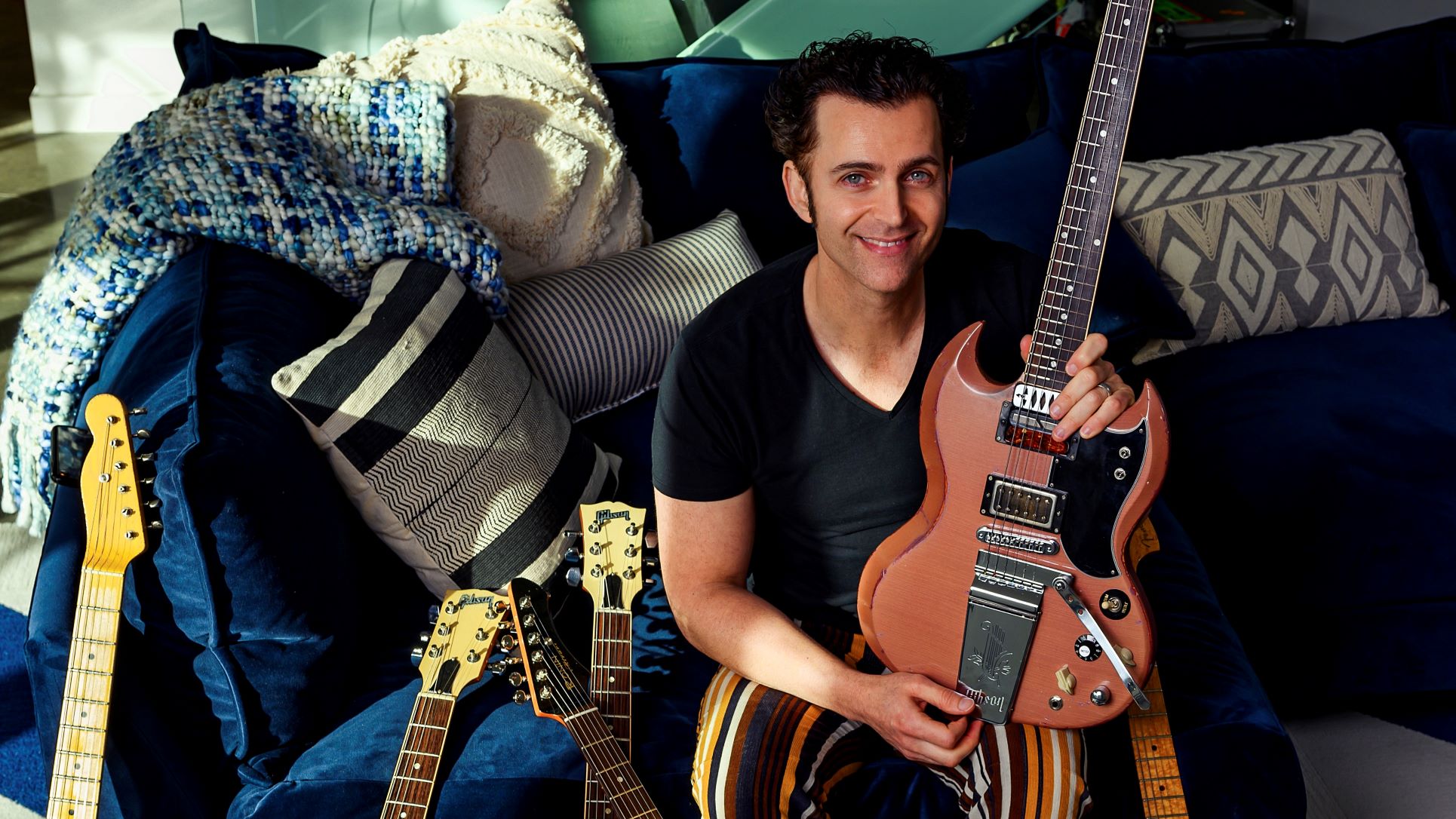
Can you site some tonal references from Live in the Moment II?
“five-five-FIVE” starts my record, just as it did the original Shut Up ’n Play Yer Guitar album. I used the nano rig for that song, so I was a bit limited, but I was able to evoke the sonic spirit that sets the proper mood.
I used the medium rig on “Watermelon in Easter Hay” to dial in a pretty accurate emulation of the original album sound on Joe’s Garage. I used a Strat with custom McNelly pickups and a Trem King vibrato system on that track. The reverb comes from the H9 and is based on the Eventide Omnipressor. It auto-swells the reverb after the note is played and helps create that beautiful space. The distorted lead has the subtle version of the Dynaflanger and a slow phaser, just like the original.
One of my other favorite tones on the record is the gritty fuzz on “Badass Pony.” That comes from the “Montana” solo section.
The main challenge is always how pedals react with different guitars, other pedals and amp sources.
Dweezil Zappa
Putting together a pedalboard is daunting for a lot of players. Can you share some insights you’ve gained from putting together your own rigs?
The main challenge is always how pedals react with different guitars, other pedals and amp sources. If you need to play multiple guitars during a show, you don’t want to be changing knobs around on pedals to compensate for the different guitar outputs. It’s always important to find fuzz and overdrive pedals that don’t drop the output level when engaged and add character or boost functionality to your sound. Some pedals only sound good on an already distorted amp, while others can drive a clean channel nicely.
Obviously, you have to spend time finding things that work together and give you character and functionality. I typically prefer the drive sound from amps versus pedals. I do like fuzz pedals that allow you to tune the bias. I think of it as tuning the transient response or the front edge of the note.
Experiment with dynamics and how the pedal reacts. I like to have variation between how notes will bloom on either side of my stereo sound. In any case, it’s all a matter of finding the right tools for the job. If you only need five sounds, obviously your pedalboard will be much easier to put together. In my case, a two-and-a-half hour show may need as many as 50 different sounds mapped out in preset banks.
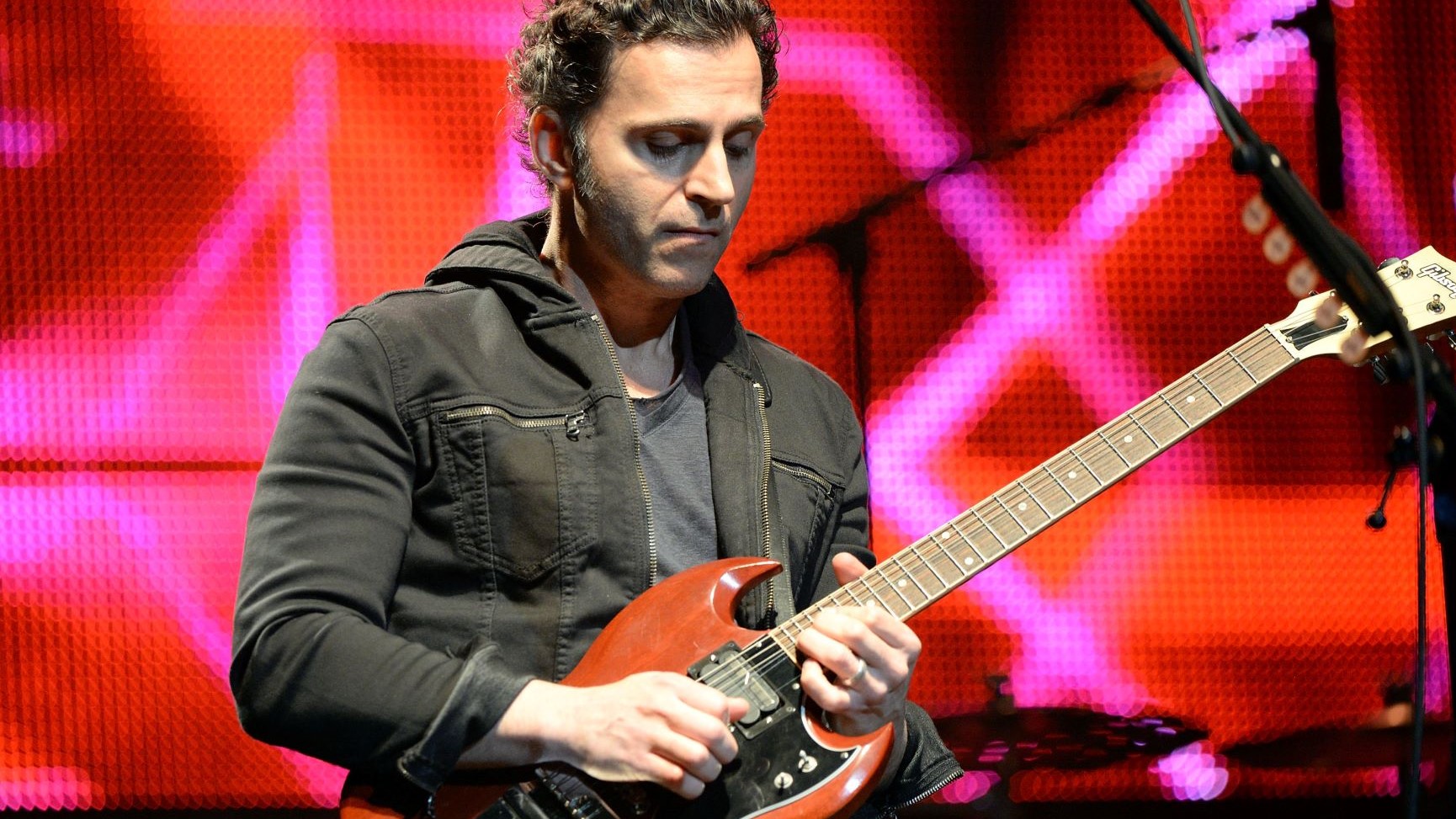
What are your main touring guitars, and what else is on Live in the Moment II?
I mainly use modified versions of the Gibson Frank Zappa “Roxy” SG. On this last tour I had my main guitar, which has a Fishman Powerbridge piezo installed as well as a Sustainiac pickup. I also had an even more customized version of that guitar with those features plus a neck that Echopark Guitars customized to be half fretless: The low strings are fretted and the high strings are fretless. My third guitar was a stock “Roxy” SG that I played mainly for the out-of-phase sound that it makes.
Certain material requires a Stratocaster, and there’s plenty of it on Live in the Moment II. “It’s in the Key of E,” “Tom’s Banana Experiment,” “What’s That Hose For?,” “Prelude in E Retrograde” and “Watermelon in Easter Hay” are all Strat songs. I love the fuzz sound that kicks in on “It’s in the Key of E.” It has the best representation of the note bloom variation I described. It also has some Dynaflanger, of course.
On “What’s That Hose For?” the tone that sounds like an Octavia is actually coming from the McNelly pickup combo. It’s the neck and bridge out of phase, but somehow it has a strong octave fundamental. You can hear the direct clean sound blended in as well.
I love the fuzz sound that kicks in on “It’s in the Key of E.” It has the best representation of the note bloom variation I described. It also has some Dynaflanger, of course.
Dweezil Zappa
Can you share harmonic insights about “five-five-FIVE”?
I play around with some of the same tonalities my dad favored. It’s basically G minor, but I sometimes play a six-note scale off of G that goes: 1 b2 3 4 b6 6. I also use C melodic minor. The song is based on different permutations of five [it is in 5/8 + 5/8 + 5/4 meters], which gives it an exotic sound.
About two-and-a-half minutes into the tune, it sounds as if you’re using the fretless SG.
I’m actually playing my main SG, but at that point I am utilizing the same sliding techniques I employ on the fretless guitar. I’ve been incorporating a lot of slides into my playing, as well as an approach where you bend from underneath the target note up to pitch. It has a slide-guitar kind of sound.
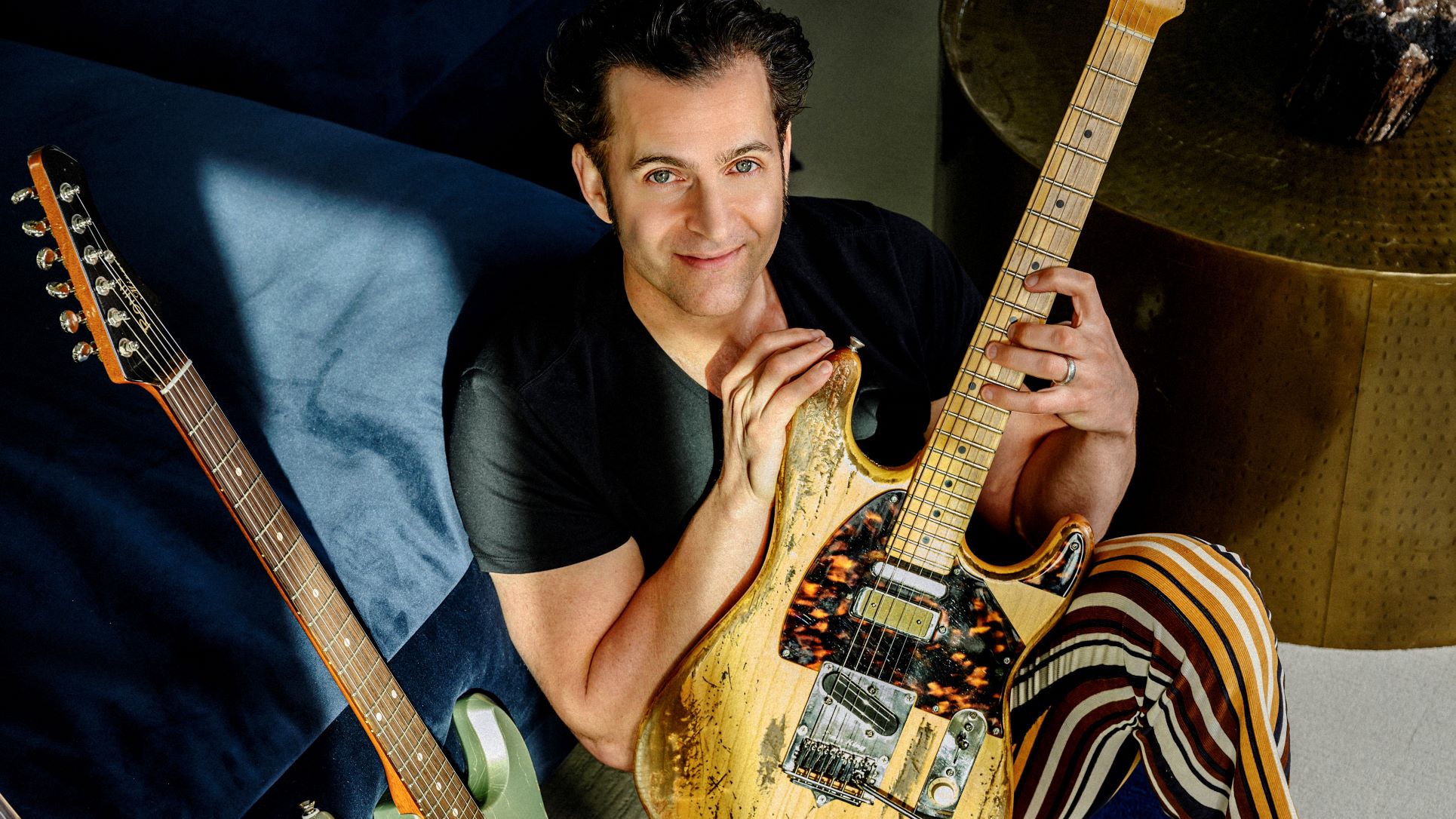
Can you detail how the endless sustain of the Sustainiac pickup fits into your playing?
The Sustainiac inspires a different type of melodic phrasing. It enables me to slide around and have notes bloom in different ways. The way that my rig allows me to select different fuzzes on each side of the stereo field helps. The Sustainiac offers a lot of vibrato variations as well. Sometimes it can even sound like a theremin, especially with the fretless guitar.
The Eastern sounds you make are especially cool. What are your inspirations?
I love the sound of microtonal instruments. On my Via Zammata’ record [from 2015], I played the oud and a Godin Glissentar [11-string fretless electro-acoustic guitar]. I’m inspired by a variety of Eastern styles, including Indian, Turkish, Arabic and Bulgarian music. I even recorded some music by the Bulgarian Women’s Choir on this album.
The two tunes I chose have resonated with me ever since my dad took me to one of their concerts. I orchestrated them for guitar in a way that also pays homage to one of my guitar heroes, Brian May. They have a lot of overdubs. Those are the only pieces that are not live. Even the transitions between songs come from different moments on tour over the years. There are lot of duck calls! If you listen carefully you might hear a duck call version of the Superman movie theme.
“Inca Roads” is at the top of my list of favorite songs. The structure and the intervallic melody lines draw me in. Each performance is unique because of the improvisational sections.
Dweezil Zappa
“The Road Less Traveled” and “Take a Left at Peru” are awesome takes of solos from “Inca Roads.” Frank also put multiple versions of “Inca Roads” solos on Shut Up ’n Play Yer Guitar.
“Inca Roads” is at the top of my list of favorite songs. The structure and the intervallic melody lines draw me in. Each performance is unique because of the improvisational sections. The two vamps on Shut Up ’n Play Yer Guitar feature some of my dad’s best guitar playing and tones. I can’t get enough of that Stratocaster sound with the Dynaflanger.
The two solos I include from “Inca Roads” have a touch of the Dynaflanger as a nod to the original album version [from One Size Fits All], which has an envelope follower. That vamp always inspires a slow build, and I try to make my solos a musical conversation with the band. It’s based on two chords, C and D. Major-triad stuff sounds great, as does A Dorian. I usually stick with that tonality.
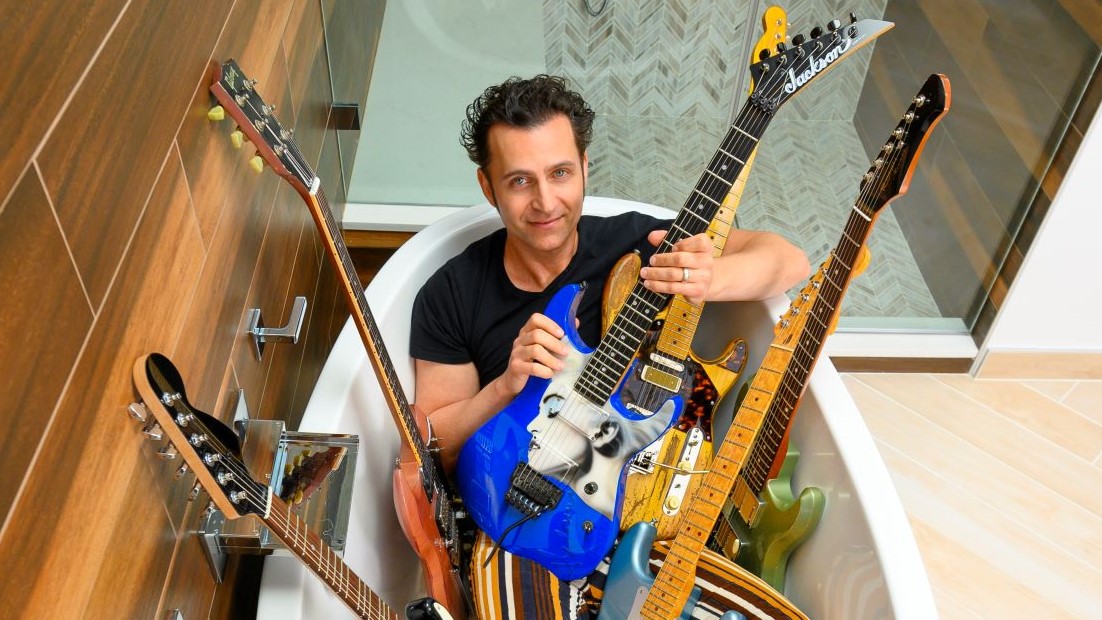
The closer, “Watermelon in Easter Hay,” is deeply striking, just like the original. What it is about that tune that takes the soul to another plane?
That is by far the most emotional solo my dad ever played. The way he phrased the melody is so idiosyncratic and takes advantage of his rhythmic mastery. It’s very difficult to capture anything close. I worked hard to recreate the tones he used and play many of the landmark phrases, adding my own embellishments within context to the song.
For me, the penultimate emotional moment of the melody is the placement of the first note with that crying clean tone. I believe it’s the #11 working off of an A root. It has a beautiful resolution to E major. My dad favored Lydian mode in his writing and playing, and I love the Lydian sound as well, because it’s beautiful and can be moody, too.
What are you working on in the recording studio and otherwise?
I’m working on live albums, DVD releases and new music of my own. It’s been so long since I’ve been able to focus on my own writing. One day, I’d like to have my own studio and become a mad scientist. It would be great fun to have a space in which to operate musically like my dad did, doing – as he put it – “Anything at any time, for any reason at all.”
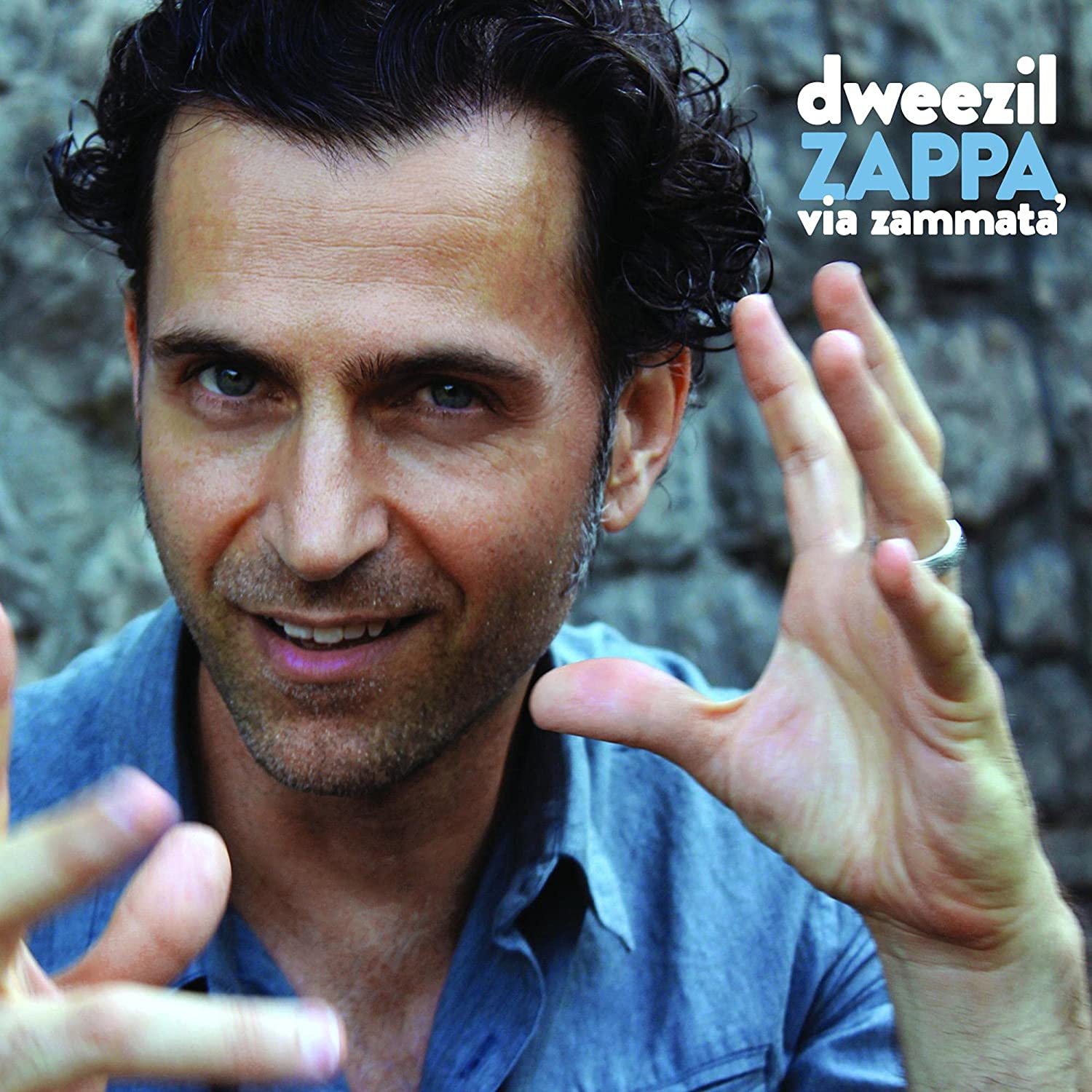
Browse Dweezil Zappa records here.
Jimmy Leslie is the former editor of Gig magazine and has more than 20 years of experience writing stories and coordinating GP Presents events for Guitar Player including the past decade acting as Frets acoustic editor. He’s worked with myriad guitar greats spanning generations and styles including Carlos Santana, Jack White, Samantha Fish, Leo Kottke, Tommy Emmanuel, Kaki King and Julian Lage. Jimmy has a side hustle serving as soundtrack sensei at the cruising lifestyle publication Latitudes and Attitudes. See Leslie’s many Guitar Player- and Frets-related videos on his YouTube channel, dig his Allman Brothers tribute at allmondbrothers.com, and check out his acoustic/electric modern classic rock artistry at at spirithustler.com. Visit the hub of his many adventures at jimmyleslie.com
